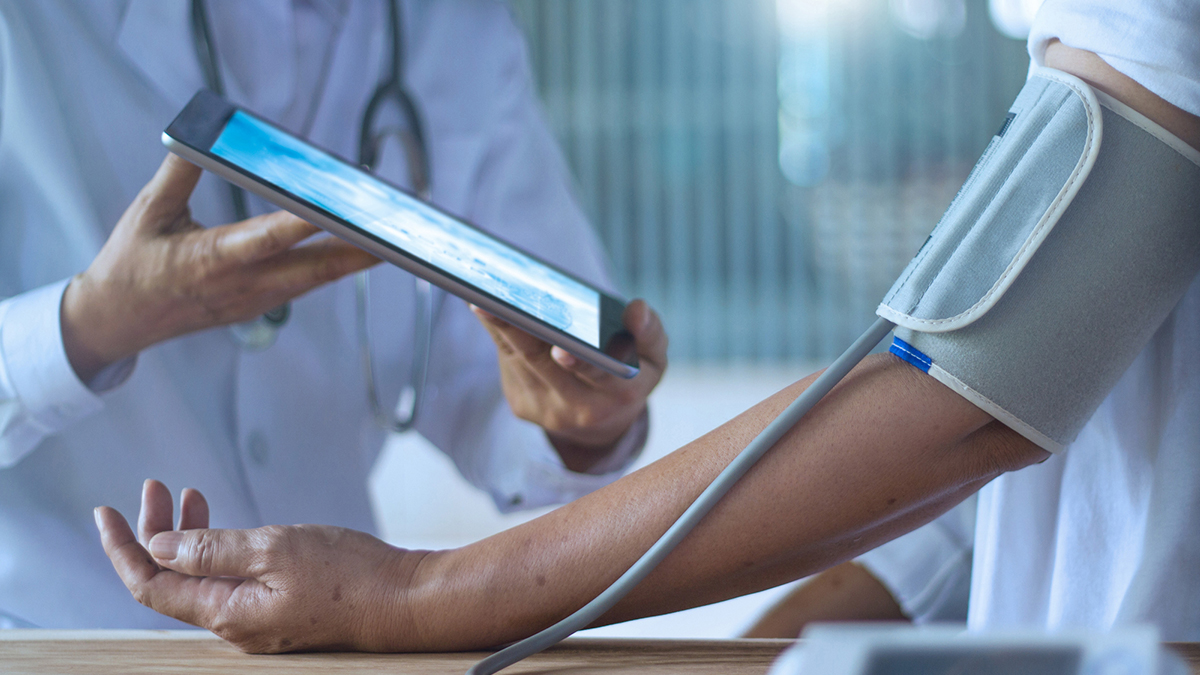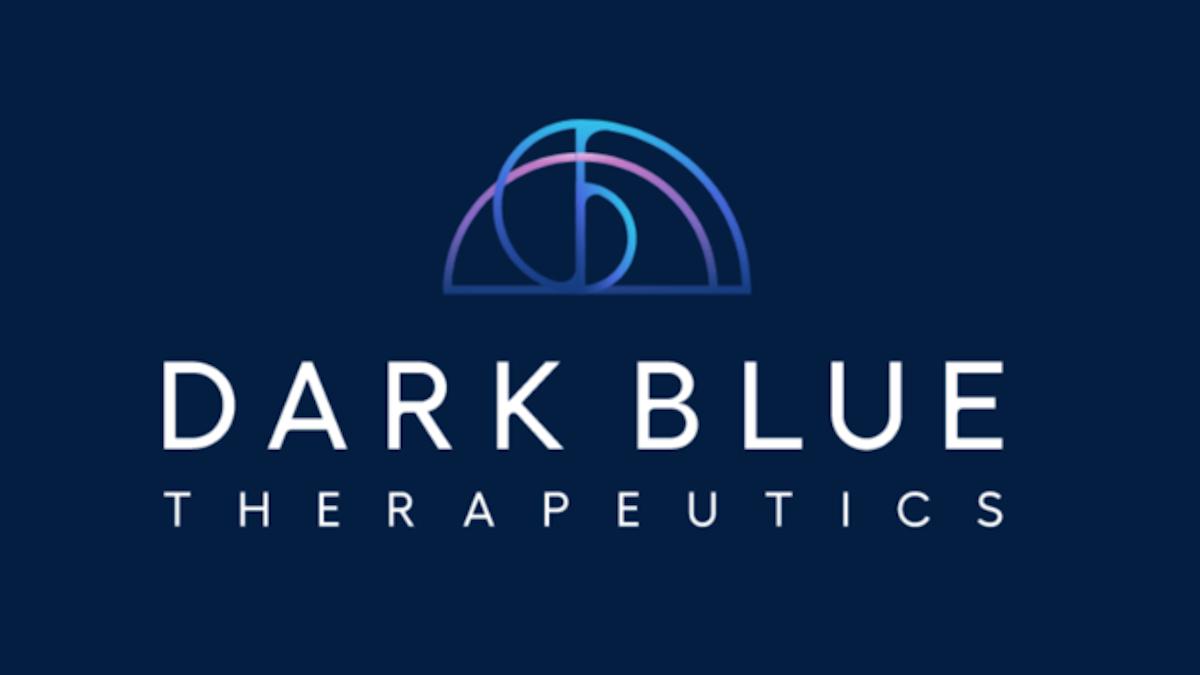Digital health isn’t about big data – it’s about people

From training a new generation of data scientists to overcoming privacy concerns, there’s a lot that needs to be done before our health system can embrace its digital potential.
There’s no denying the transformative potential of data and digital health, but challenges to its implementation are not going away.
A panel discussion at June’s Pioneering Partnerships conference, hosted by the Association of the British Pharmaceutical industry (ABPI), the National Institute of Health Research (NIHR) and the Association of Medical Research Charities (AMRC), brought experts from across the sector together to discuss opportunities and overcoming barriers.
Wasted potential
“We are now into the Fourth Industrial Revolution, where lots of other sectors are using digital technologies to deliver services to their customers. But in healthcare, we are so far behind the curve,” said Amanda White, director of communications and engagement at Health Data Research UK (HDR UK).
“And yet, we have this vast array of data across the UK, whether that's NHS health data records, genomic information, biomedical data from samples and tissues people donate, or even data from wearables. We are not grasping the opportunity to use that data to improve care.”
Tom Denwood, director of data, insights and statistics at NHS Digital said a lot of anonymised data was already available as open source. The roadblock, he said, was using information that could potentially identify people.
He said: “That’s where we get into the three-legged stool of the Data Protection Act and GDPR, the Health and Social Care Act 2012 and the common law Duty of Confidence. They require careful balancing.
“One of the ways we're responding to that is working with HDR UK on the UK Health Data Research Alliance. It is doing a great job of convening all the main national data controllers, cramming them into a room and setting out how we can make access to the identifiable data easier.”
Data science skills gap
Privacy concerns aside, the learning potential of big data is currently compromised by a significant skills gap.
“At the moment, there are very few data analysts across the health system,” said Amanda, adding that those that did exist tended to work in academic silos.
“You've got technologists, you've got statisticians, you've got mathematicians, you've got clinical researchers, but they all have their own independent roles and they're not really working together. One of the things we're trying to do is build relationships and collaborations across and within organisations.”
HDR UK and NHS Digital also plan to create 10,000 new data scientists over the next five years, she said, by offering a raft of education including masters and PhD programmes, apprenticeships and summer schools for students.
For big data, start small
Kay Boycott, chief executive at Asthma UK, said the skills gap shouldn’t stop us working on smaller projects that could improve the lives of people living with health conditions here and now.
“There aren't enough data scientists or digital experts, we know there are not enough brains to do everything we want to do. So, what we need to do is ask what does ‘digital’ mean for this particular use case or for this particular patient,” she said.
Asthma UK, Kay went on, has spent a lot of time looking at patient data to understand their lives, their digital habits and how their condition affects them. But it’s important to recognise such data are limited to the people who are “better able to cope with digital solutions”.
Said Kay: “When we talk about digital health, we have to be aware that it’s not for everybody and it’s not for everything. As a community, we need to really coalesce around a methodology that we are going to use to understand that.”
Patient voice
All the panellists agreed this methodology needed to be grounded in patient engagement and involvement.
“In this room,” said Kay, “there's probably 1,000 ideas, but how are we going to prioritise those down and be absolutely rooted that these are the most important things to tackle about right now?
“We need to get people to describe the things they want and what they don’t. The only way we can be really clear about what our target population needs is to get them in a room and ask them.”
Amanda agreed, and said that much of HDR UK’s work was guided by a public advisory board of patients, members of the public and people with patient and public involvement experience.
“From the beginning of the program, as we've been developing the specification of some of the work we're doing, they have been commenting on all of our documents, attending meetings, advising and challenging us, and we've been listening to them,” she said, adding that setting up the board had been a “much simpler process” than she had expected.
“It isn't easy in terms of managing relationships or managing the expectations of the individuals involved, but it's really, really worthwhile. To anyone thinking of setting up a similar board, I’d say stop thinking and just do it,” she said.
As Industry 4.0 rumbles on apace, the healthcare sector has a lot of catching up to do if it is to embrace the potential of big data and digital health.
High on the list of challenges is filling the data scientist skills gap and addressing concerns over privacy – but all this needs to be done while ensuring the patient voice is front and centre of projects big and small.












